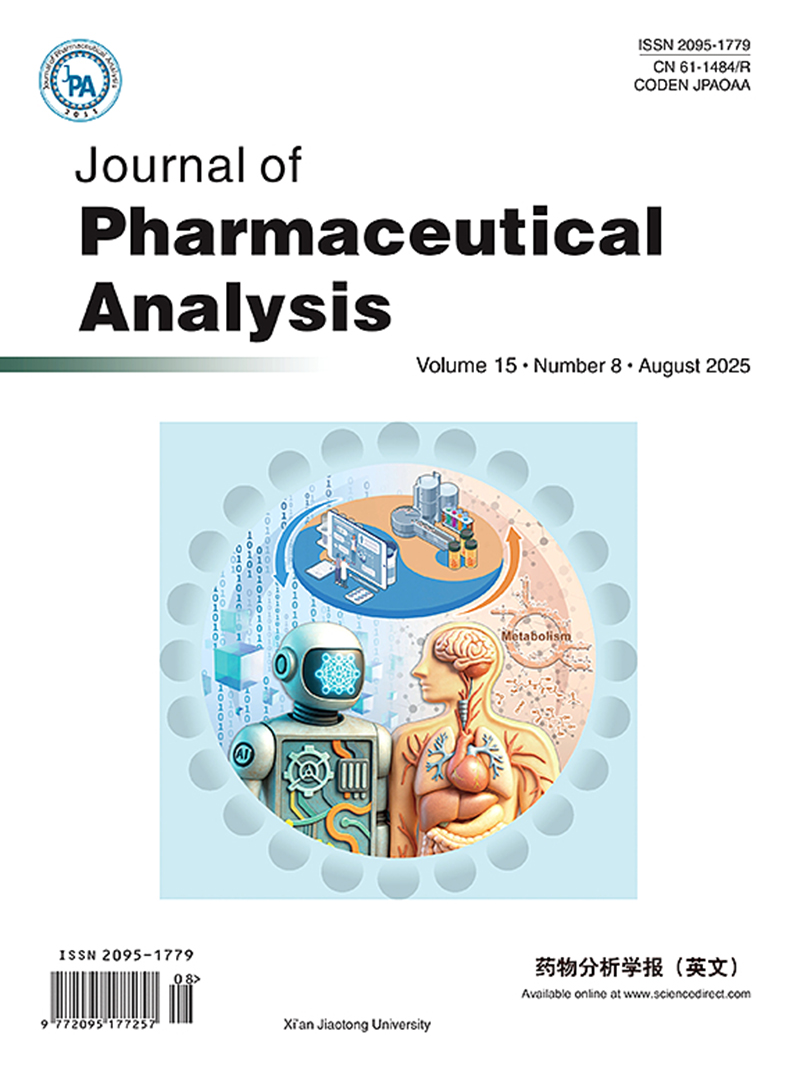2016 Vol. 6, No. 6
Display Method:
2016, 6(6): 345-355.
Abstract:
2016, 6(6): 356-362.
Abstract:
2016, 6(6): 374-381.
Abstract:
2016, 6(6): 382-388.
Abstract:
2016, 6(6): 389-395.
Abstract:
2016, 6(6): 396-403.
Abstract:
2016, 6(6): 404-409.
Abstract:
2016, 6(6): 410-416.
Abstract:
2016, 6(6): 417-418.
Abstract:



